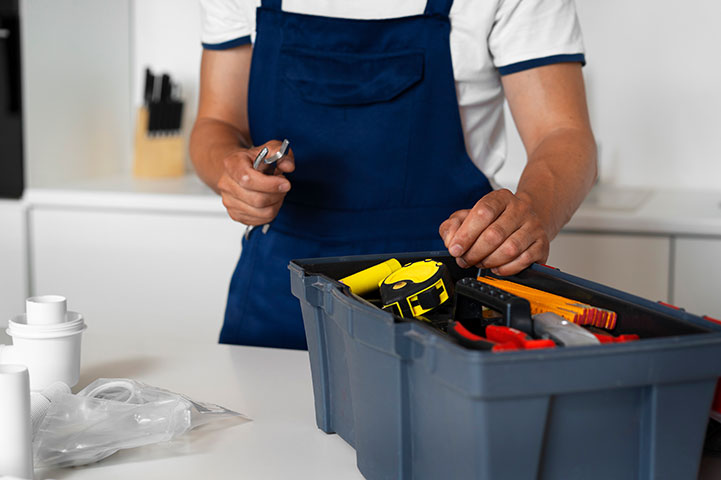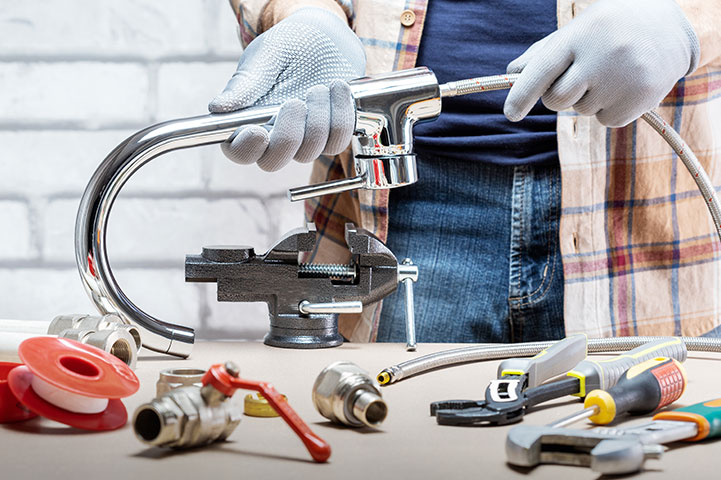Often beginning silently behind your walls and under your floor, plumbing problems slowly cause damage. Early notice of these issues helps you avoid major damage and costly repairs. Ten silent signs your plumbing system can have hidden problems are shown here in great detail, together with advice on how to avoid each one.
1. Low Water Pressure
Although at first, low water pressure might not appear alarming, it usually indicates leaking systems or blocked pipes. Water flow lowers when rust or trash blocks pipes.
How to avoid it:
Regularly clean faucet aerators and showerheads, and install filters to reduce debris entering your plumbing system. This small step helps maintain consistent water pressure.
2. Strange Sounds from Pipes
Odd sounds from your pipes—knocking, thumping, or gurgling—suggestive of trapped air or blockages. Ignoring these issues results in pressure building that finally damages your pipes.
How to avoid it:
Install air chambers or water hammer arrestors to prevent loud noises caused by pressure changes. Regular inspections by a plumber also help detect and resolve these issues early.
3. Slow Draining Sinks
Slow drainage in sinks, showers, or tubs usually indicates blockages deep within your pipes. Over time, hair, soap residue, and other materials quietly build up, creating serious plumbing issues.
How to avoid it:
Before they find their way into the pipes, hair and trash are gathered by drain guards or screens. Keep drains free, routinely apply natural solutions, including hot water and vinegar or safe drain cleaners.
4. Unpleasant Odors
In particular, sewage-like smells and bad odors sometimes lead to major plumbing problems, such as concealed leaks or damaged sewer lines. These issues also promote mold development, thereby quietly influencing the surroundings of your residence.
How to avoid it:
To stop smells from building up, routinely cleanse drains with water and baking soda solutions. Professional sewage line inspections, scheduled every few years, help to find problems before they become more serious.
5. Stains and Discoloration
Usually, they demonstrate concealed water leaks, yellow or brown stains showing up on the floor, walls, or ceilings. Little leaks over time compromise the structural integrity of your house and cause major long-term harm.
How to avoid it:
Routinely inspect areas under sinks, around appliances, and ceilings for signs of moisture.
Quickly fixing minor leaks can prevent larger issues and extensive repairs.
6. Constantly Running Toilet
A toilet that runs silently wastes liters of water per day, therefore silently raising your water costs. Usually caused by faulty flappers or damaged valves, this problem can become rapidly worse if neglected.
Avoid it by:
Check and replace toilet flappers, valves, and seals often to avoid it.
Easy maintenance, like changing out old parts or tightening fittings, stops water waste.
7. Increased Water Bills
An unexpected increase in your water bills, despite normal usage, is typically a red flag for hidden leaks. Even minor leaks, unnoticed behind walls, can significantly raise your monthly expenses.
How to avoid it:
Monitor your water usage closely each month. Install leak detection devices or smart water meters that alert you instantly about unusual water usage patterns.
8. Mold or Mildew Growth
Visible mold or mildew on walls, ceilings, or cabinets is a clear sign of hidden moisture problems. Leaks behind walls or underneath floors provide perfect conditions for mold growth, quietly impacting your health and home structure.
How to avoid it:
Ensure your home has adequate ventilation in kitchens, bathrooms, and basements.
Timely repair leaks and use moisture absorbers or dehumidifiers in humid areas to reduce mold growth.
9. Wet Spots in the Yard
Inadequately for moist or soggy patches in your yard, point to either sewer line problems or subsurface plumbing leaks. Ignoring these can cause major damage and expensive landscaping repair.
How to avoid it:
Have your sewer lines professionally inspected every few years. Regular checks of your lawn and soil moisture levels can help spot unusual changes early.
10. Rusty or Cloudy Water
Rust-colored or hazy water coming from your faucets shows either pipe corrosion or contamination in your plumbing system. Corrosion discreetly ruins your plumbing over time, possibly posing health hazards from polluted water.
How to avoid it:
Regularly flush your water heater and check pipes for corrosion. Consider installing water softeners or filtration systems to reduce mineral buildup and corrosion.
Act Early, Protect Your Home
Starting early at the first glimpse of plumbing problems greatly lowers the danger of major damage. Preventive actions and regular inspections help you keep a safe, effective plumbing system, particularly if Prime Plumbing LLC is professionally managing them. Maintaining the value of your property and guaranteeing the comfort of your family depends on you first protecting your house by proactive upkeep.


